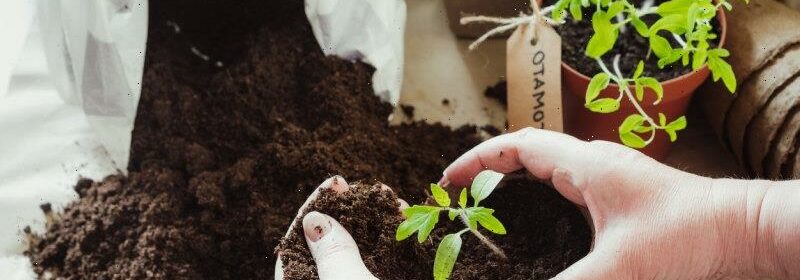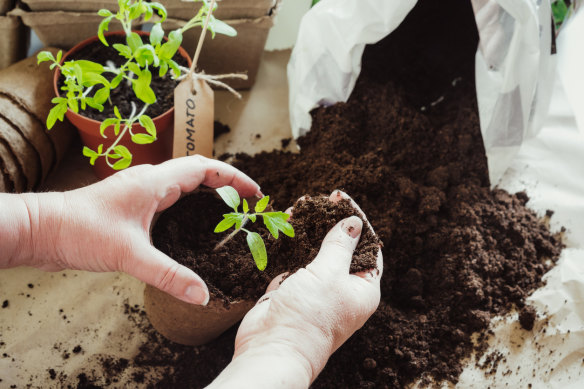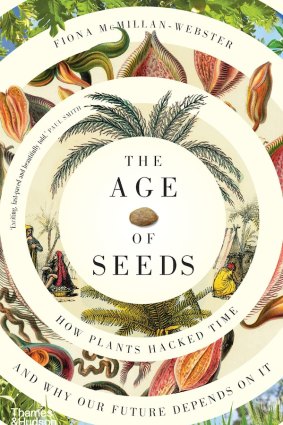Want ripe tomatoes by Christmas? Sow your seeds now to reap the rewards later

If you want ripe tomatoes by Christmas now is the time to start thinking about exactly the sort of tomatoes you might feel like eating when the days are long and the sun is warm. One of the most pleasurable diversions of winter is imagining the harvests of high summer.
Tomatoes, chillis, capsicums and eggplants are all good options to start planting now.Credit:iStock
The latest round of seed catalogues provides plenty of inspiration. There are tomatoes in all sizes, for all purposes and for every stage of the hot season. A cornucopia of tomatoes is there for the taking.
The challenge is to exercise restraint. It’s easy to go overboard when you can get 25 seeds for $5, and you want ‘Green Zebra’, ‘Blue Beauty’ and ‘Black Cherry’, when ‘Mr Stripey’ beckons for salads and ‘Big Beryl’ heralds the promise of passata. How to pass up a tomato called ‘Missouri Pink Love Apple’ or ‘Sunrise Bumble Bee’?
But – note to self – whatever tiny pin-heads of seeds you germinate indoors later this month or next, you are going to have to accommodate in your garden as they grow, and grow. Stinting on garden space will only increase the risk of pests and diseases not to mention reduce the size of harvests, which is why most tomato growers opt for keeping about one metre between plants.
But, first things first, from about late August you can start sowing seeds in warm spots inside. While tomato seeds aren’t fussy about light conditions before they have germinated, they are very particular about temperature and moisture. The soil needs to be kept at a temperature of at least 20C – electric heat mats can come in handy – and be kept consistently moist.
Once the seeds have germinated (anywhere from five to 10 days) the emerging seedlings will want good sunshine as well. Glasshouses will obviously fit the bill but windowsills and other makeshift but sunny spots will work too.
While things are ticking over inside, it’s worth preparing the ground outside. Tomatoes are heavy feeders, so ply your planned beds with compost and well-rotted manure and cover them with straw mulch. It’s also best to build any trellis required before getting seedlings in the ground.
When it comes to transplanting the plants outside, timing is everything. The soil temperature will need to be at least 20°C and all danger of frost must have passed. In Victoria this is usually in late October or early November, but nothing is set in stone. Once your seedlings have grown their first set of true leaves transplant them into a small pot and keep them inside until the weather is right.
Chillis and capsicums are other seeds you might start thinking about sowing indoors around the end of August. Then not long after that, you can move onto eggplants and cucumbers and the whole summer-crop smorgasbord.
The Age of Seeds: How Plants Hacked Time And Why Our Future Depends On It, by Fiona McMillan-Webster.Credit:Thames & Hudson
Most of these can be sown about five to eight weeks before being transplanted out. But there is one summer crop that has been preparing itself for the hot season on my kitchen bench for about three months now. I didn’t even have to sow seeds.
Chokos germinate from a seed housed inside the fruit, and I have five fruits – lying in the open air – that have been sprouting lanky green stems all winter.
Any day I am going to bury these fruits in potting mix but I will wait until the weather warms in spring before planting them outside, below a pergola where I am imagining this rampant tropical vine casting shade all summer.
Everyone you speak to seems to be germinating something – herbs, microgreens, sprouts – in their kitchens. But while there has been unprecedented run on seeds since the outbreak of coronavirus, there is nothing unprecedented about seed sowing and a new book puts our current fervor for the pursuit in context.
In The Age of Seeds: How Plants Hacked Time And Why Our Future Depends On It author Fiona McMillan-Webster describes how people have been coaxing plants from seeds for about 12,000 years.
First it was cereal grasses like wheat, barley and oats, then rice too and then more and more wild species until, by around 3000 years ago, most of the human population depended on agriculture.
McMillan-Webster’s sweeping book discussing both edible and non-edible plants and how some seeds have short life spans but others can last for millennia. She talks about how seeds have evolved over time and how they might change in the future and discusses everything from extinction rates to the role of storage banks to growing lettuce in outer space.
While this book won’t provide you with hands-on advice for getting a head start on your tomatoes, it does make you feel part of an exceedingly long line of seed-sowers. There’s comfort in that.
The Age of Seeds: How Plants Hacked Time And Why Our Future Depends On It, Thames & Hudson, $34.99.
Make the most of your health, relationships, fitness and nutrition with our Live Well newsletter. Get it in your inbox every Monday.
Most Viewed in Lifestyle
From our partners
Source: Read Full Article

